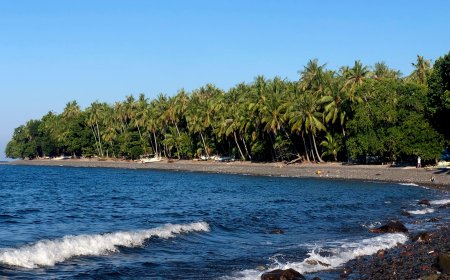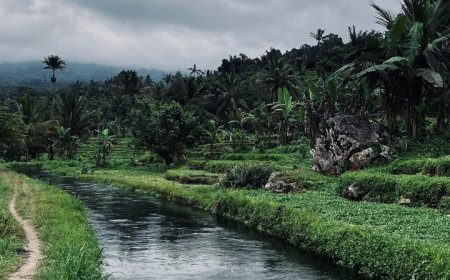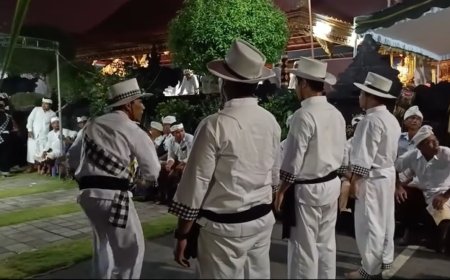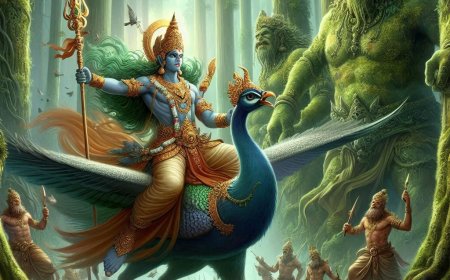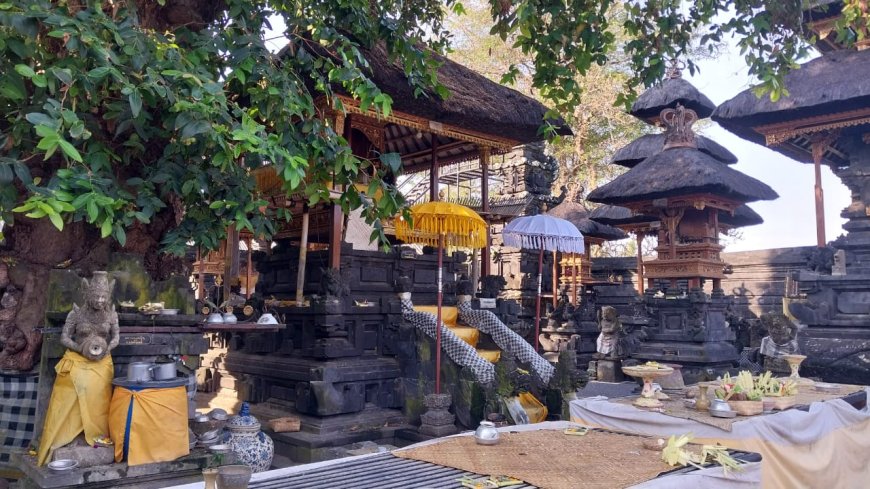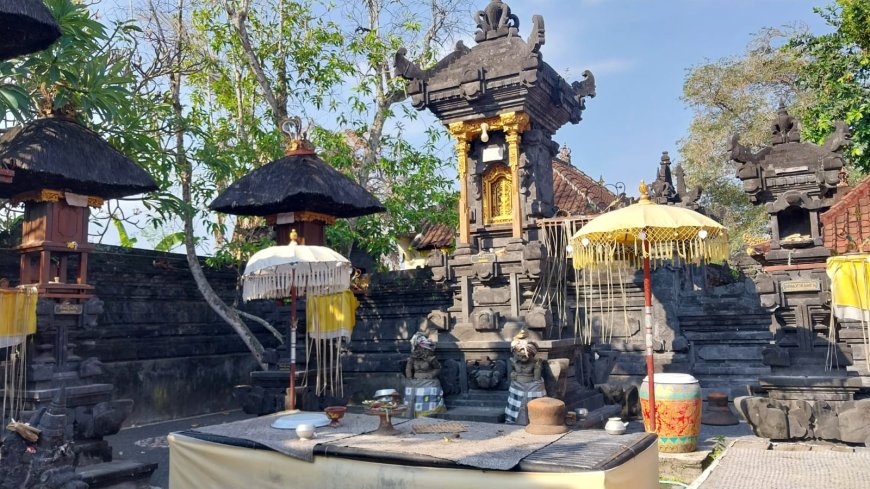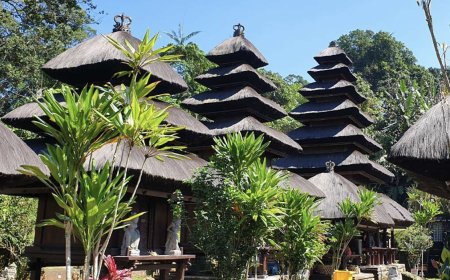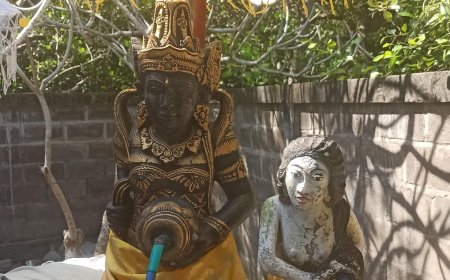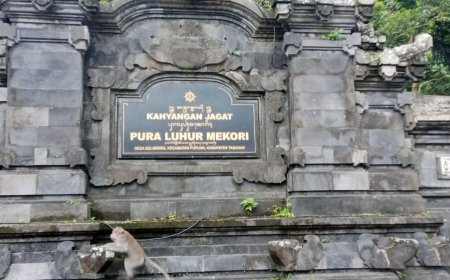Er Jeruk Temple Sukawati: A Sanctuary of Bali’s Grandeur, Symbol of Fertility in the Harmony of Silence and History
Er Jeruk is one of the Kahyangan Jagat temples located in Sukawati Village, Gianyar Regency, Bali. Surrounded by rice fields, it is situated right on the edge of Purnama Beach. Pura Er Jeruk is not merely a place of worship but also a symbol of prosperity and hope for the Balinese people. Its presence reflects the rich cultural heritage of Bali, full of history and traditions. As part of the Subak Gede Sukawati, this temple plays a significant role in maintaining the balance of the surrounding agricultural ecosystem.
Er Jeruk Temple is believed to have been established in the 10th century, during the reign of Sri Wira Dalem Kesari Warmadewa. It is said that he built this temple along with several others, such as Penataran Agung Temple, Bukit Lempuyang Temple, and Uluwatu Temple. This temple is also associated with the presence of Empu Kuturan in the 11th century AD and Dang Hyang Nirartha in the 15th/16th century. Dang Hyang Nirartha himself is known as one of the prominent figures in the history of Er Jeruk Temple.
Er Jeruk Temple is recognized as a Dang Kahyangan Temple due to its close association with two great spiritual figures, Mpu Kuturan and Dang Hyang Nirartha. One of the symbols that strengthens Er Jeruk Temple status as a Dang Kahyangan Temple is the presence of a statue of a priest couple in the Tri Kona posture. The male statue is depicted sitting in the padmasana position, while the female statue is seated in the bajrasana position. Tri Kona posture symbolizes the role of priests as Adi Guru Loka, who instill the values of Tri Kona in society. Tri Kona teaches balance in life through three main principles, Utpati (creation), Stithi (preservation), and Pralina (dissolution or the end of something no longer beneficial). This teaching aims to encourage people to live balanced and wise lives, creating and preserving what is good, while ending what is old or no longer useful.
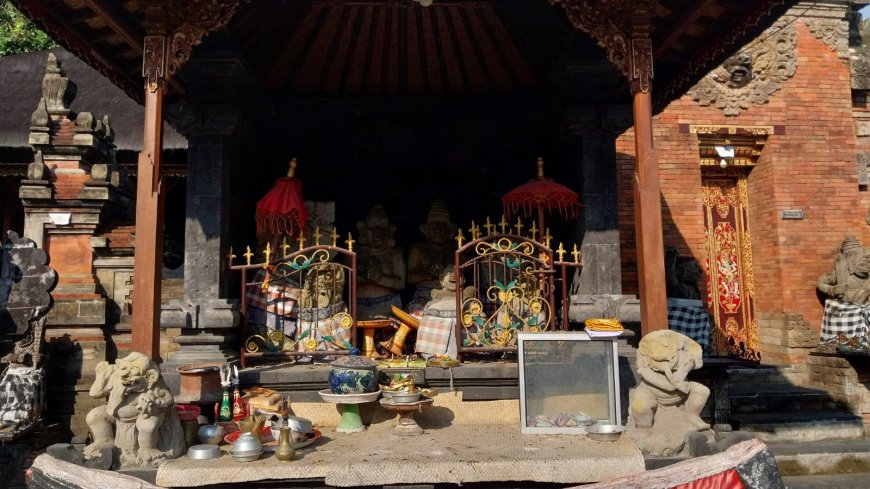 Palinggih Ratu Penganten and Ratu Brayut at Er Jeruk Temple (Source: Personal Collection)
Palinggih Ratu Penganten and Ratu Brayut at Er Jeruk Temple (Source: Personal Collection)
Er Jeruk Temple plays an important role for the Hindu community in Bali, particularly for the farmers around Sukawati. The temple is believed to be a source of fertility for the land and crops, prompting many farmers to pray here for safety and bountiful harvests. The temple is managed by around 1,500 subak members, who are farmer groups in the area, demonstrating the temple's significance in the daily lives of the local community. Additionally, Er Jeruk Temple is also known as a place to pray for offspring. Many married couples come to this temple to pray for children.
Palinggih Ratu Brayut, specifically used to pray for fertility, is located to the right of the Kori Agung and faces west. The structure is an open-fronted pavilion with the other sides enclosed. There is a traditional story among the community that the statues housed in this palinggih have a close relationship with the authority of Dalem Waturenggong, a king who had a great influence in Bali during his reign. Additionally, there is also Palinggih Ratu Penganten, located to the right of the Palinggih Ratu Brayut. This structure resembles a padmasari and is believed to have a close connection with Palinggih Ratu Brayut.
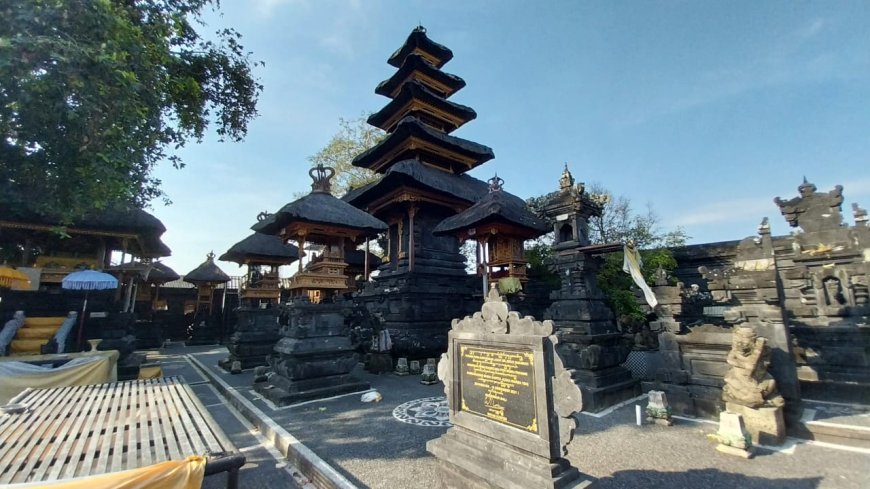 Main Mandala Area of Er Jeruk Temple (Source: Personal Collection)
Main Mandala Area of Er Jeruk Temple (Source: Personal Collection)
Structurally, Er Jeruk Temple is divided into three courtyards or Tri mandala, jaba sisi (outer courtyard), jaba tengah (middle courtyard), and jeroan (inner courtyard). Each courtyard is separated by boundary walls made of black stone (andesite). In the middle courtyard (jaba tengah), there is the Palinggih Gedong, believed to be the abode of Ratu Gede, or a prominent figure who once ruled Bali, Dalem Waturenggong. In the inner courtyard (jeroan), there are no fewer than 26 palinggih (sacred places).
As one of the Kahyangan Jagat Temples in Bali, Er Jeruk Temple hosts various ceremonies and rituals conducted by the local community. One of the important ceremonies is Nyenuk, where thousands of krama (community members) participate in a procession from Er Jeruk Temple to Desa Sukawati Temple. This ritual aims to express gratitude for the successful completion of the karya (religious ceremony) at the temple. As a token of appreciation, the community offers pala bungkah and pala gantung to Bhatara, as a form of respect and gratitude. Another ceremony is Nanggluk Merana, usually held during Sasih Keenem (the sixth month in the Balinese calendar). This ritual serves to pray for safety and fertility for the community and their agricultural land. In this ceremony, the community makes offerings and prays to receive blessings from the gods. Tawur Agung is a grand ceremony conducted to purify the environment and seek safety for all. This ceremony involves various community elements and is usually held before major holidays, such as Hari Raya Nyepi.
Er Jeruk Temple is not just a place of worship but also a symbol of unity and balance in the lives of the Balinese community. Through various rituals and ceremonies, the temple strengthens spiritual and social bonds among the residents and serves as a center of hope for prosperity and safety. Through its presence and function, Er Jeruk Temple reflects cultural values and traditions that are still highly respected by the community today.




















